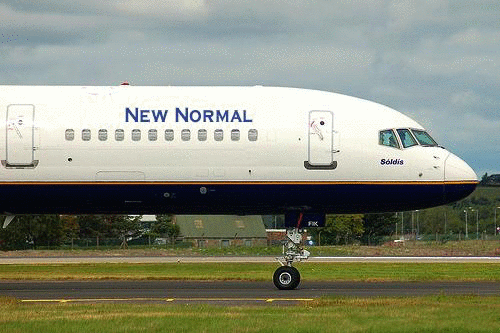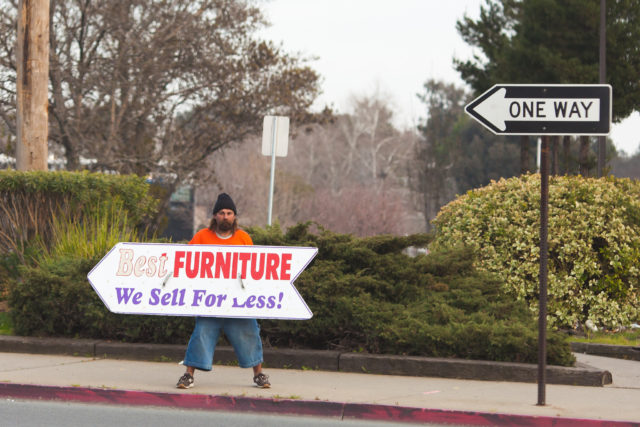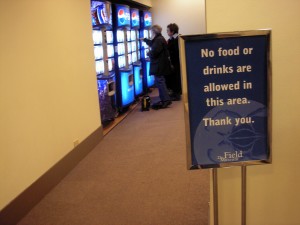The meeting industry new normal — Part 2

What will the meeting industry new normal look like?
One silver lining of the coronavirus pandemic, horrendous though its cost has been, is that it has forced us to think differently. In a July 2020 New Yorker article, Gianna Pomata, a professor of the history of medicine, “compared COVID-19 to the bubonic plague that struck Europe in the fourteenth century—’not in the number of dead but in terms of shaking up the way people think.'” But the effects of these two plagues were remarkably different. (For example, the Black Death increased the power of workers because labor was scarce. In contrast, COVID-19 has forced millions of low-paid workers further into poverty.)
The meeting industry old normal
For centuries, the meeting industry has believed that the “best” and “most important” meetings are those conducted face-to-face. For most of human history, of course, this has been the only meeting option. Technology has slowly made inroads into this assumption, with the development of the telephone, the conference call, video chat, etc. Each new technology has taken away a little piece of the need to meet in person under certain favorable conditions.
The meeting industry new normal
In 2020, we have been forced to think differently. Historians regard the devastation of the bubonic plague as the end of the Middle Ages. Similarly, I think that COVID-19 will turn out to mark the beginning of the end of in-person meetings as the bread and butter of the meeting industry.
What will a new normal for the meeting industry look like? There’s no way we can know. Why? Because the future of meetings is no longer tied to the old paradigms we’ve assumed ever since the first official “conference” was held in 1666. (See my book Conferences That Work for the details.) There has been no new normal since the end of the thousand-year reign of the Middle Ages. Similarly, the forced rise of online meetings has moved us into uncharted and unpredictable territory.
The meeting industry is now, perhaps, in what the founder of VISA, Dee Hoc, called the Chaordic Age. In Dave Snowden‘s Cynefin framework, the meeting industry, formerly rooted in the obvious and complicated domains, has now moved into the complex domain. To solve problems in the complex domain, experiments need to be conducted to determine what to do.
One thing to learn from history and the impact of the coronavirus pandemic on the meeting industry? Don’t waste your time pining for or hoping for a static meeting industry new normal.
Next practices, not best practices
In other words, this is a time for next practices not best practices. Our industry needs to experiment to discover what works and what doesn’t.
This is proving to be difficult.
Even pre-pandemic, it was risky to try new meeting ideas, because our clients, understandably, want successful events. Taking risks increases the chances of failure.
Today, with the current collapse of in-person meetings, it’s harder to find the resources, margins, and willing clients we once had, to conduct experiments.
Yet our industry must find the resources, courage, and willingness, to experiment with new ways of convening and meeting formats that respond to these new challenges. We are all suffering now. Those who continue to shoehorn what they used to do into our current pandemic and future post-pandemic environment will continue to suffer.
I’m encouraged that our industry is indeed experimenting with a variety of new platforms, marketing and pricing models, and meeting formats. One of the most interesting and welcome developments is the rapid growth of new platforms (1, 2) that provide online incarnations of traditional conference in-person socials. I see them as game-changers for online events, replacing the hallway conversations that have always been an essential and undervalued component of traditional meetings.
We are living in unprecedented times. Experimenting with new approaches to designing and convening meetings is essential. What may be even harder is discovering what works and adopting it, rather than staying locked in the old comfortable ways of making meetings. Meetings will continue to occur, and the meeting industry will survive. But don’t passively buy into the myth of a new meeting industry normal. That is if you want to remain a player in one of the most important industries the human race has created.


